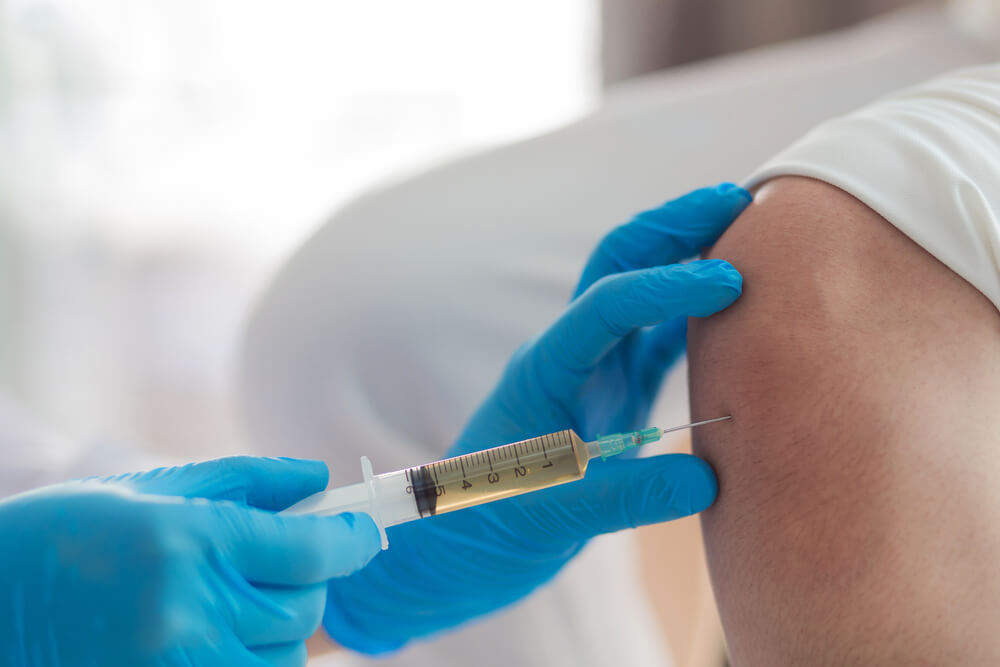Arthrocentesis or joint aspiration is a technique of emptying the synovial liquid out of a patient’s joint with a syringe and sterile needle. The procedure is conducted by the ancillary health care provider. Arthrocentesis is the medical term of joint aspiration and joint drainage. It can also be helpful to the body’s joints which include the elbow, jaw, hip, and shoulder. Physicians often give an overview to the patient of how the procedure is being performed, what the patient can look forward to after the procedure, and the risks involved.


